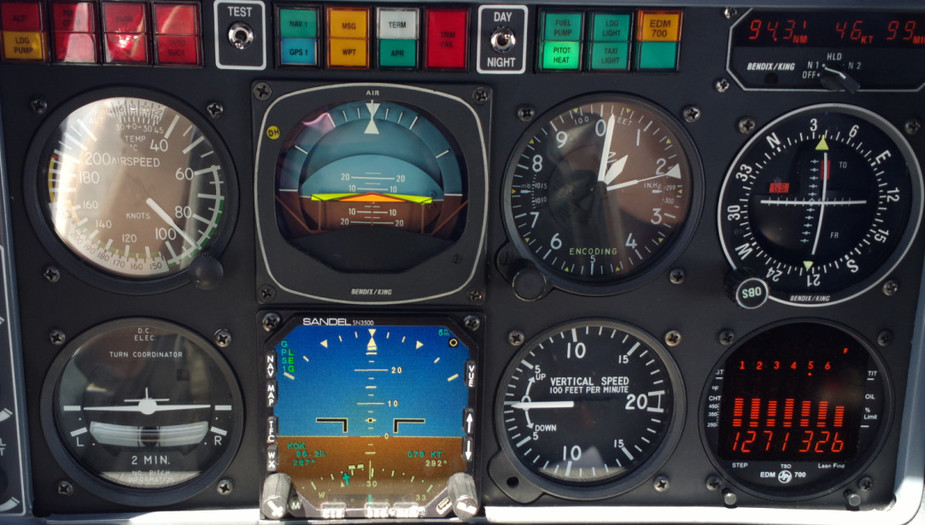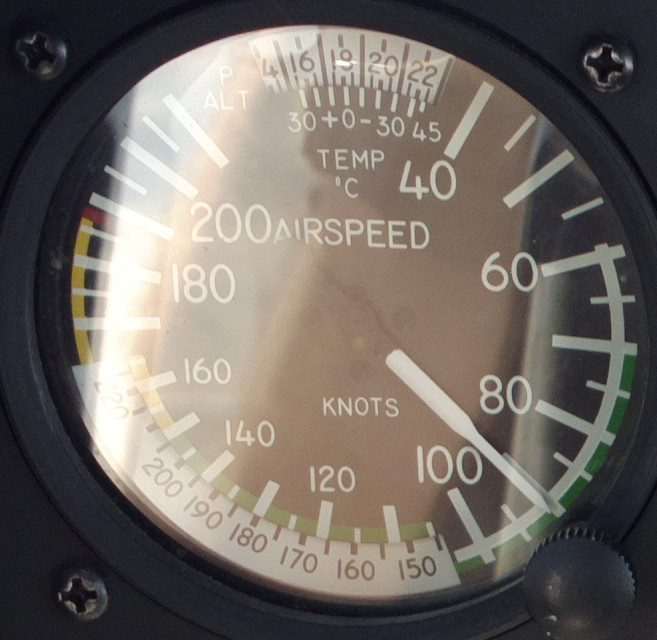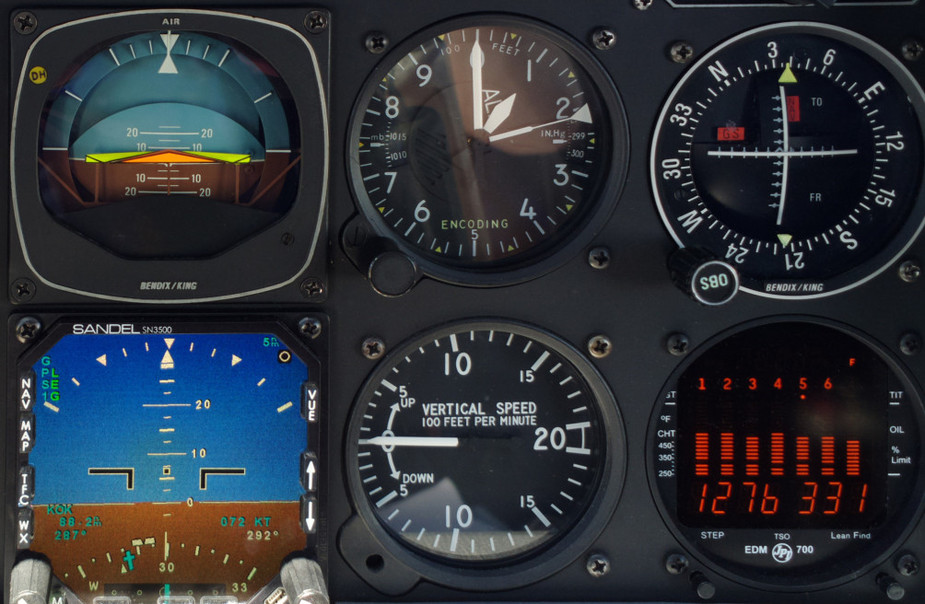The speed etc can be seen here

The TAS subscale is correctly set AFAIK (-30C)

One does it only to stay VMC on top:

Peter I am impressed with the TB20 heating system at FL210, most piston aircraft, and some turbines with the dreaded Janitrol, are less cosy at FL200 and above.
High?
EGT is well below red line, and EGT is relevant with respect to first cylinder to peak. Then it depends on power setting whether it is in a dangerous area. Assuming typical top of climb cruise in airways (Europe) for a normally aspirated engine, you are producing only 55-60% at full throttle. Peak, or slightly lean of peak (-50oF), should not be stressing the engine. The aircraft is at F210, so probably only producing 40-45% power.
CHTs seem very reasonable for such a high altitude, where low density air is reducing cooling. I would expect 360oF plus as more representative in mid level cruise.
Oil temperature is on the low side, but then OAT will be very low. 180-190oF might be a nicer number.
Wow, that’s high for NA. What was your TAS and gals/hr?
The last FL210 flight I can find data for was May 2015. You can see the EGT and CHT on #5 which is the hottest

Interestingly #6 is usually the coolest and that is the one which produced the most oily spark plug. The second coolest is #2 which produced the second most oily spark plug. Significant? You bet! I have been aware of this possibility for some time but never thought it would be the piston diameter shrinkage which would make these two the most susceptible to oil bypass if some other condition (low MP, fairly obviously) is also in place. It makes perfect sense.
The six EGTs and six CHTs at the moment in that photo are:

so the oil is 166F which is average for my engine.
We still did not get numbers of cylinder head and oil temperatures when at FL 200 and cruise settings. One could think in case of rather low temps that the pistons operate at higher clearance than in normal temperatures, with more oil reaching into the combustion chambers. Peter, in your last photo you show a piston ring in taper cross section that sits in a tapered groove. Lower piston temps also produce more clearance here as the piston runs at a smaller diameter. The hottest part by far is the piston head down to the first ring and the diameter of the piston here is reduced by several additional tenths of a millimeter smaller than below the ring area. So when using a tapered ring in its groove you will get some more extra clearance heightwise at low temperatures. That will have the same effect like clapped out grooves and rings. In my photos of the worn piston there is about same wear on the top ring as well as within the ring groove, about 0,30mm material gone by wear both sides. The ring was parallel/square when new ! The bike was never operated at FL 200 !
With a new piston you will see 0,05-0,10mm play for the top ring in its groove. How much “flutter” can you have within a max. 0,10mm gap ?? In any truck Diesel you will get many hours of engine braking downhill (power off) as well as high power settings , still they do many, many thousand hours before even thinking about engine overhaul. No talks about ring flutter here. I still believe you need a certain amount of ring/groove wear till flutter gets relevant. Anyway, you can do nothing about that. For me , ring flutter is a phenomenon at high revs, nothing, that you will get at 2300rpm. In the present case we have a sort of pumping effect when ring axial play exceeds 0,10mm limits by wear produced by normal operation .
And there are not many pressurized piston aeroplanes. Those might routinely fly at FL200 or more.
All of them have a turbo, so this issue won’t be present. Well, the claimed one of flutter during a closed-throttle descent will still be…
I don’t really trust that Lycoming understands their engines.
I am sure that’s true, or if somebody in there does, they are not allowed to publish it because any publication of new information is an admission that previous information was wrong.
It’s certainly possible that at FL190 with the settings you use the pressure is still sufficient, but you are close. And there are not many pressurized piston aeroplanes. Those might routinely fly at FL200 or more.
There is always a possibility that something else might mask it. When they pull it apart, they can only make educated guess at what has happened to it. You would have to instrument an engine and run it on a test stand.
I don’t think balance is required, but flutter can allow pressure to equalize. Ring won’t seal properly then. I haven’t looked at it again, but that seemed to make sense to me.
I don’t really trust that Lycoming understands their engines.
Yes, good questions.
My usual way of looking at these claims is that if they were true then surely we would see plenty of evidence from both the GA community and the engine overhaul business.
But it’s possible that it happens only above certain high altitudes, where almost nobody flies. If say it happened only at or above FL200, that would fit my pattern. I have done loads of FL190 flights, very few FL200 ones, and only two FL210 ones. The latter two were of the order of 2 hours at that altitude.
BTW, my reading of that last (properly written) article, which has the flutter calculator, is that flutter needs the “gas balance” and thus should not happen with a closed throttle. Which is exactly the opposite of what Lyco are saying.
@Peter Not floats. When pressure works with inertia and friction, a ring shouldn’t float.
If I understand it correctly, the issue is excessive blow-by. And the rest are consequences of that (that is, flutter itself doesn’t do the damage). But I won’t pretend I understand the mechanism. My knowledge of internal combustion engines is too rudimentary. And in the discussed scenarios this blow-by might not be the only thing going on (if it’s going on in the first place). During intake stroke, there is lower pressure in the cylinder, as I wrote. Which could lead to oil being sucked up. Which is, I think, what the guy you know wrote about.
How many hours did those high level flights take? Now imagine you would fly exclusively such trips, without the low level stuff in between. How do you think the engine would work after five hundred, thousand or more hours? I agree that we should see some evidence of this mechanism if it’s worth consideration. There should be, at least in the US, sufficient number of aeroplanes flying often at high altitudes.